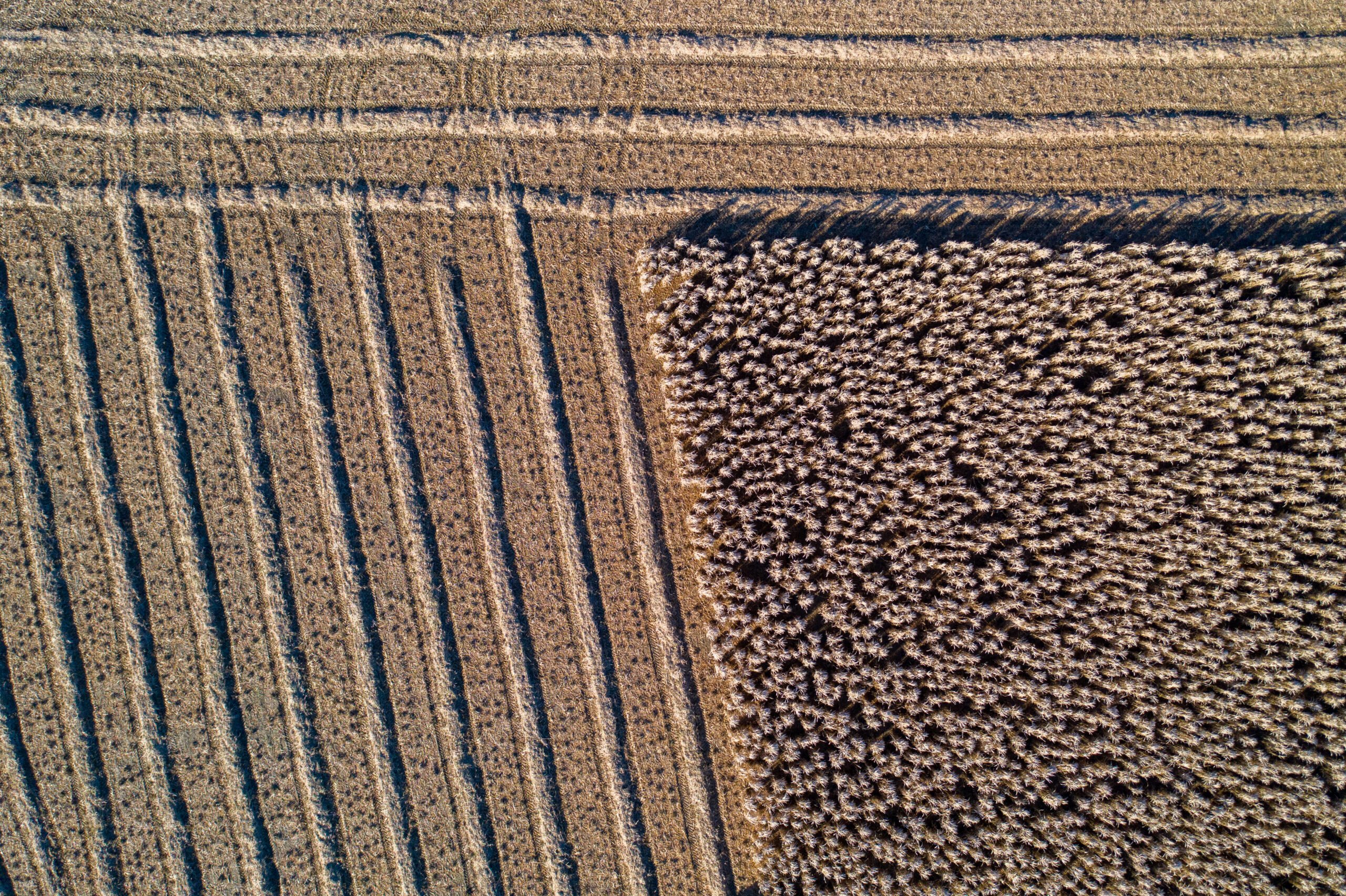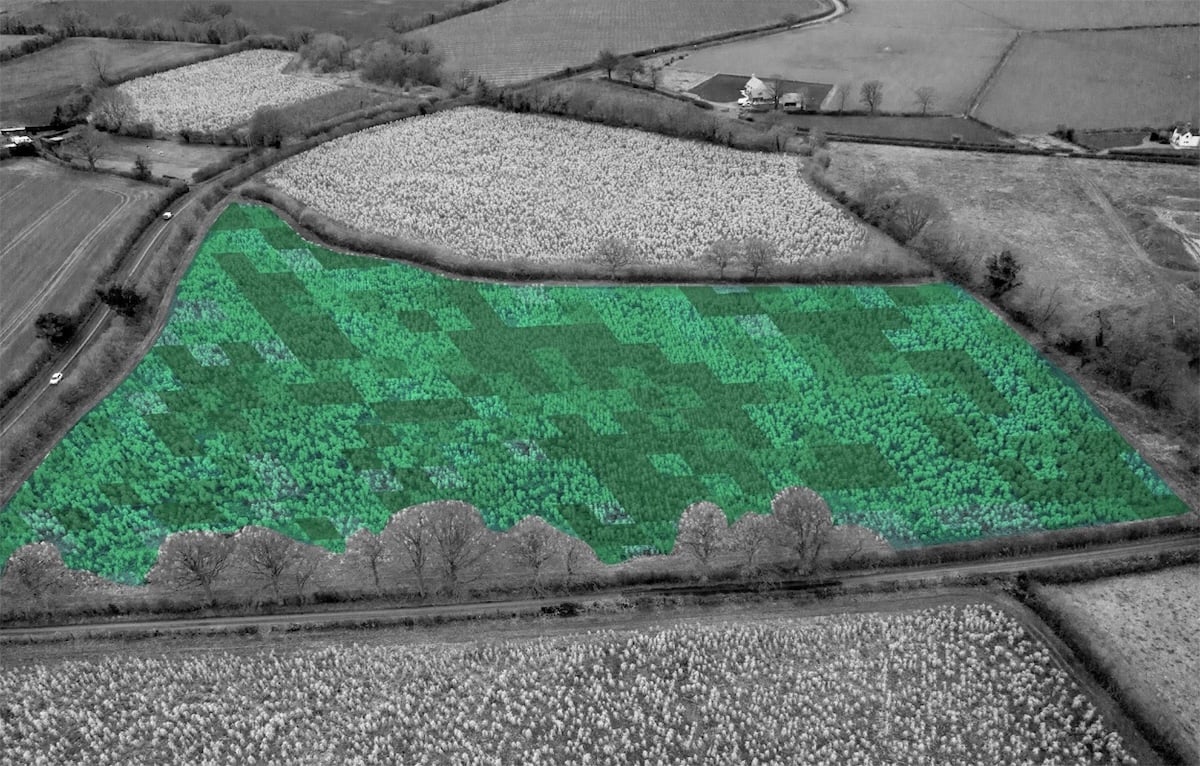Last Updated on July 16, 2025 by Sophie Wilesmith
With the 2025 cereal harvest season in full swing, many farmers are reflecting on what has been another volatile year for arable cropping, early-season droughts, increasing input costs, and the ongoing uncertainty surrounding agri-environment payments have all played their part. For those navigating the transition away from the Basic Payment Scheme and adapting to the evolving Sustainable Farming Incentive (SFI), the path ahead remains unclear.
In contrast, one crop is quietly gaining traction as a cornerstone of more stable, lower-risk farming systems: Miscanthus.
The case for 2026 planting
While it’s tempting to view perennial crops like Miscanthus as a future option, the current climate, economically and environmentally, suggests the future is now. Looking ahead to the 2026 planting season offers a vital window for farmers to reassess the structure of their businesses and take advantage of the unique benefits Miscanthus offers, especially for lower yielding fields.
Miscanthus delivers on three key fronts:
Certainty
Miscanthus is underpinned by long-term supply contracts, giving growers a level of price security and demand predictability rarely found in conventional crops. At a time when global markets are increasingly volatile, locking in a guaranteed return over a 15+ year period is an opportunity many farms simply can’t afford to ignore.
Reliability
As a deep-rooted, resilient perennial, Miscanthus shrugs off many of the challenges that trip up annual crops, spring droughts, late autumn planting risks, and erratic weather patterns. Once established, it provides a consistent yield with minimal annual intervention.
Reduced risk & overheads
With no need for annual planting, Miscanthus requires significantly less labour, machinery time, and inputs than most combinable crops. In an era of tightening margins and unpredictable weather windows, this translates to meaningful savings and reduced stress on farm resources.
A tool for restructuring
For farms looking to rebalance their labour and machinery demands, or simply diversify income streams, Miscanthus offers a structured way to do so. Planting even a portion of less-productive land to Miscanthus can free up staff, simplify logistics, and help achieve both environmental and commercial objectives.
And as the agricultural labour market continues to tighten, a crop that requires fewer passes and less reactive management becomes a strategic advantage.
Meeting surging demand
Crucially, demand for Miscanthus has never been higher. Driven by sectors ranging from bioenergy to sustainable packaging and construction materials, the crop is increasingly seen as a low-carbon feedstock of the future. End-users are actively seeking more supply, and growers entering now can benefit from the early momentum, and long-term partnerships, that come with scaling production.
The 2026 opportunity
If 2025 is a year of transition, then 2026 can be a year of transformation. Planting Miscanthus isn’t just a break from the status quo, it’s a forward-looking strategy that aligns with net zero goals, meets supply chain demand, and supports farm profitability in an era of change.
So don’t wait for another tough season to make a move. If your land, and your business, needs a more reliable, lower-risk crop, now is the time to plan for planting Miscanthus in 2026.



